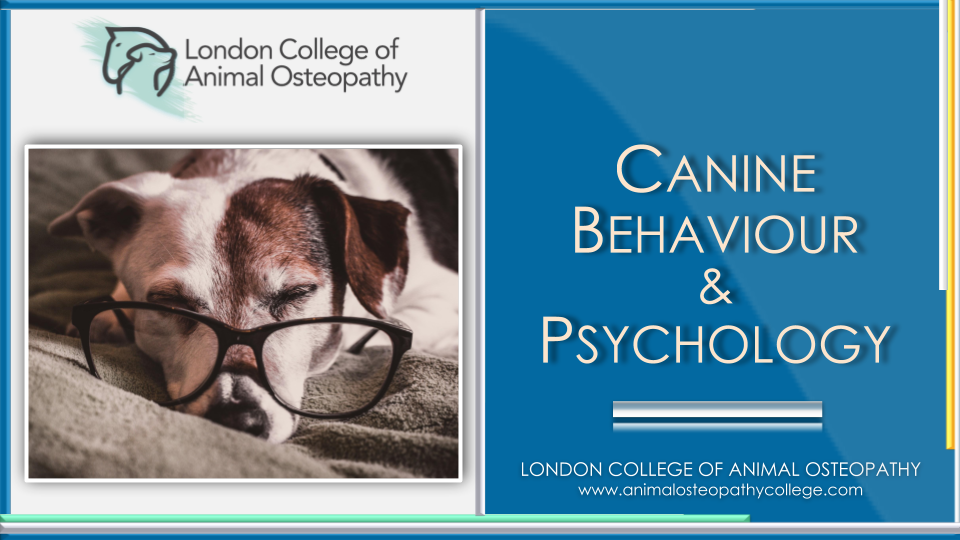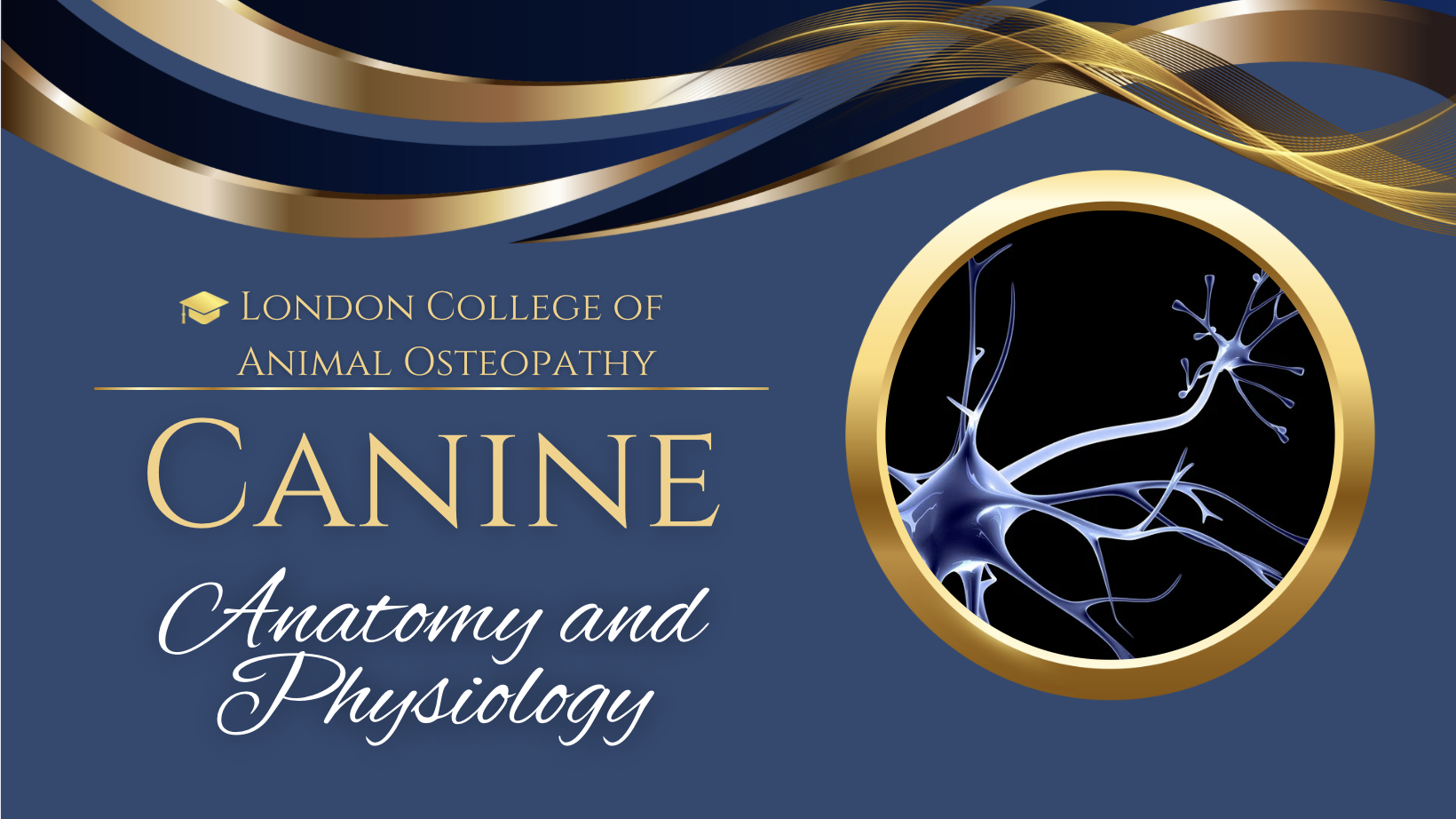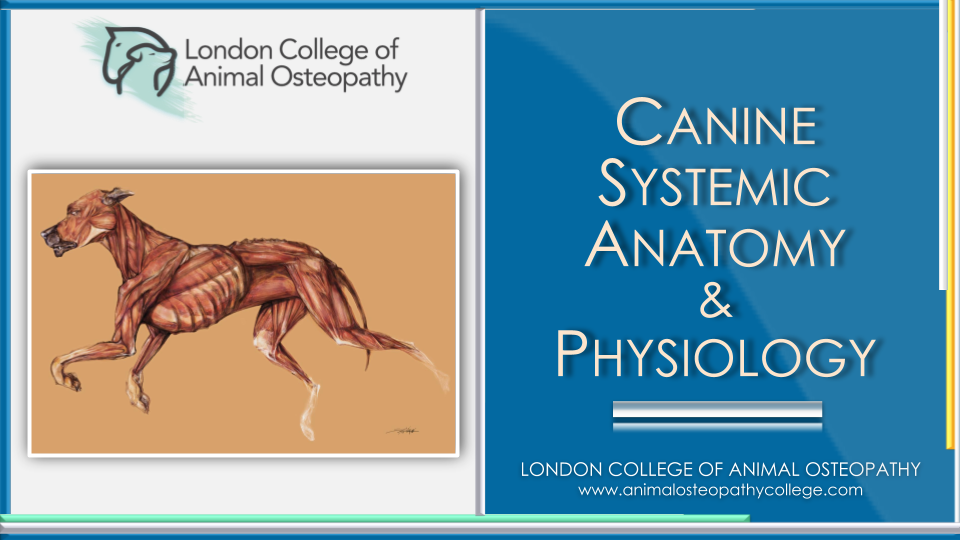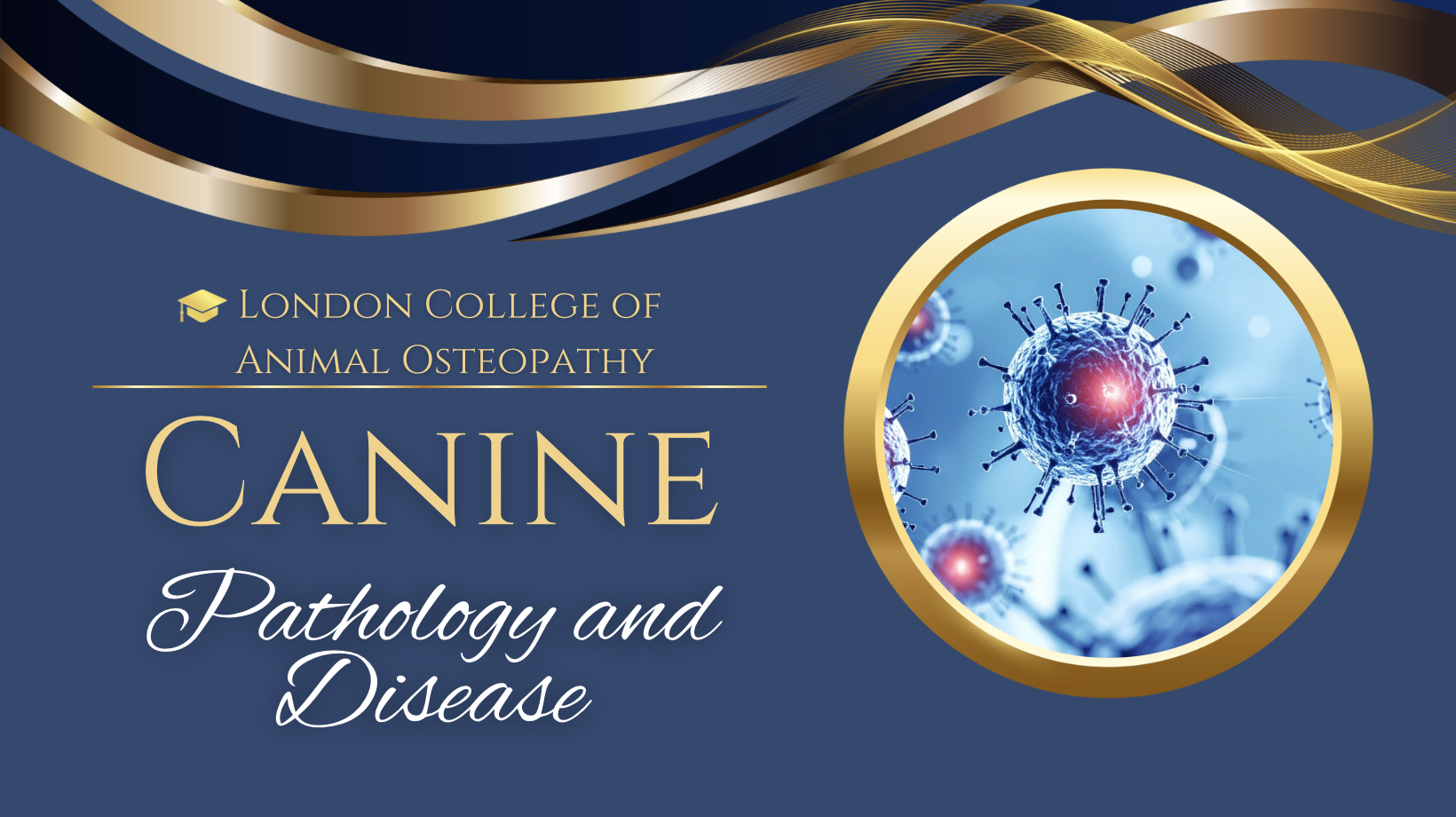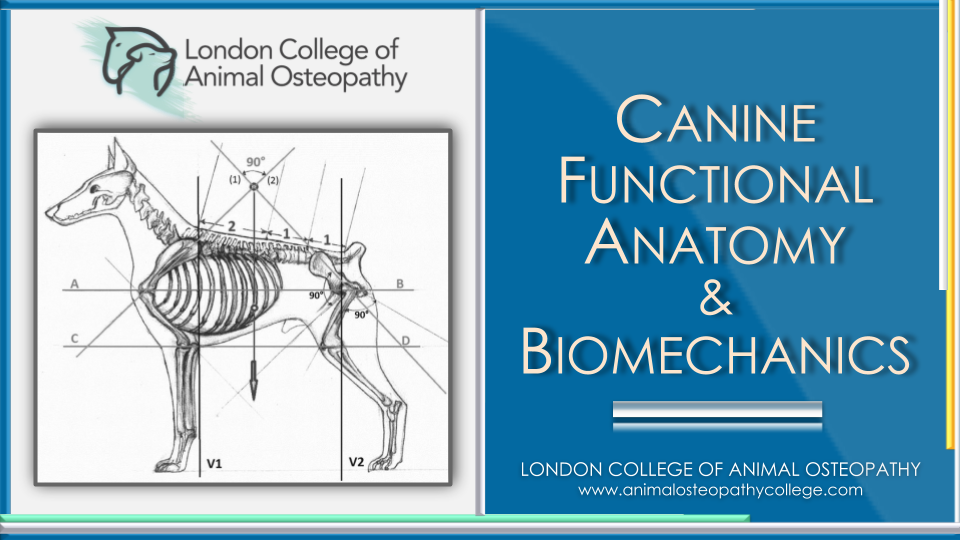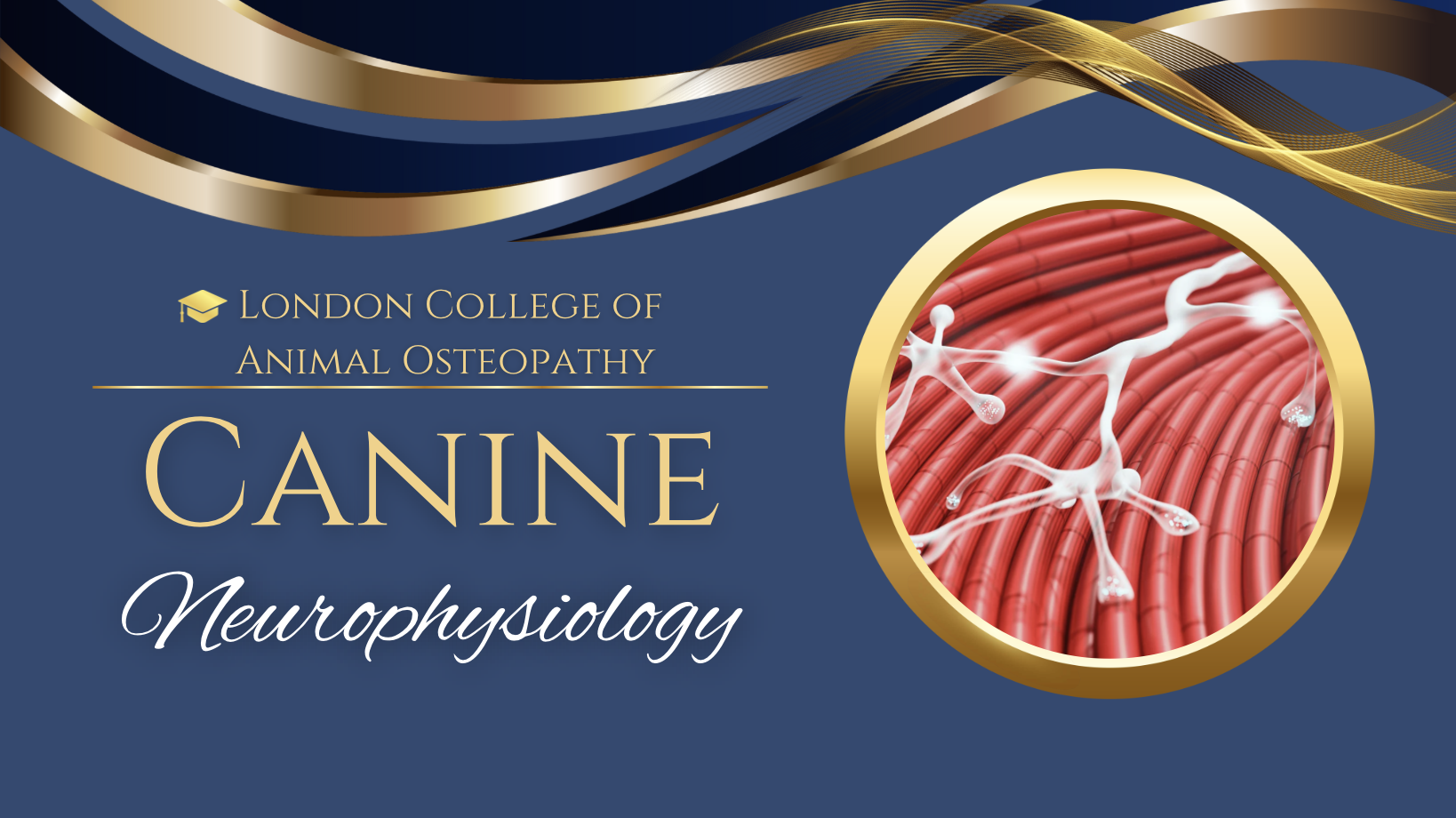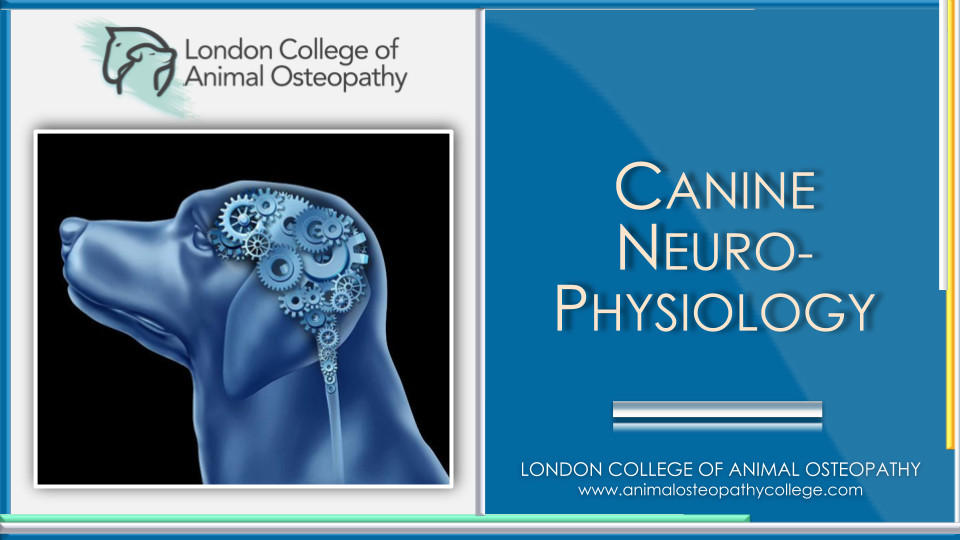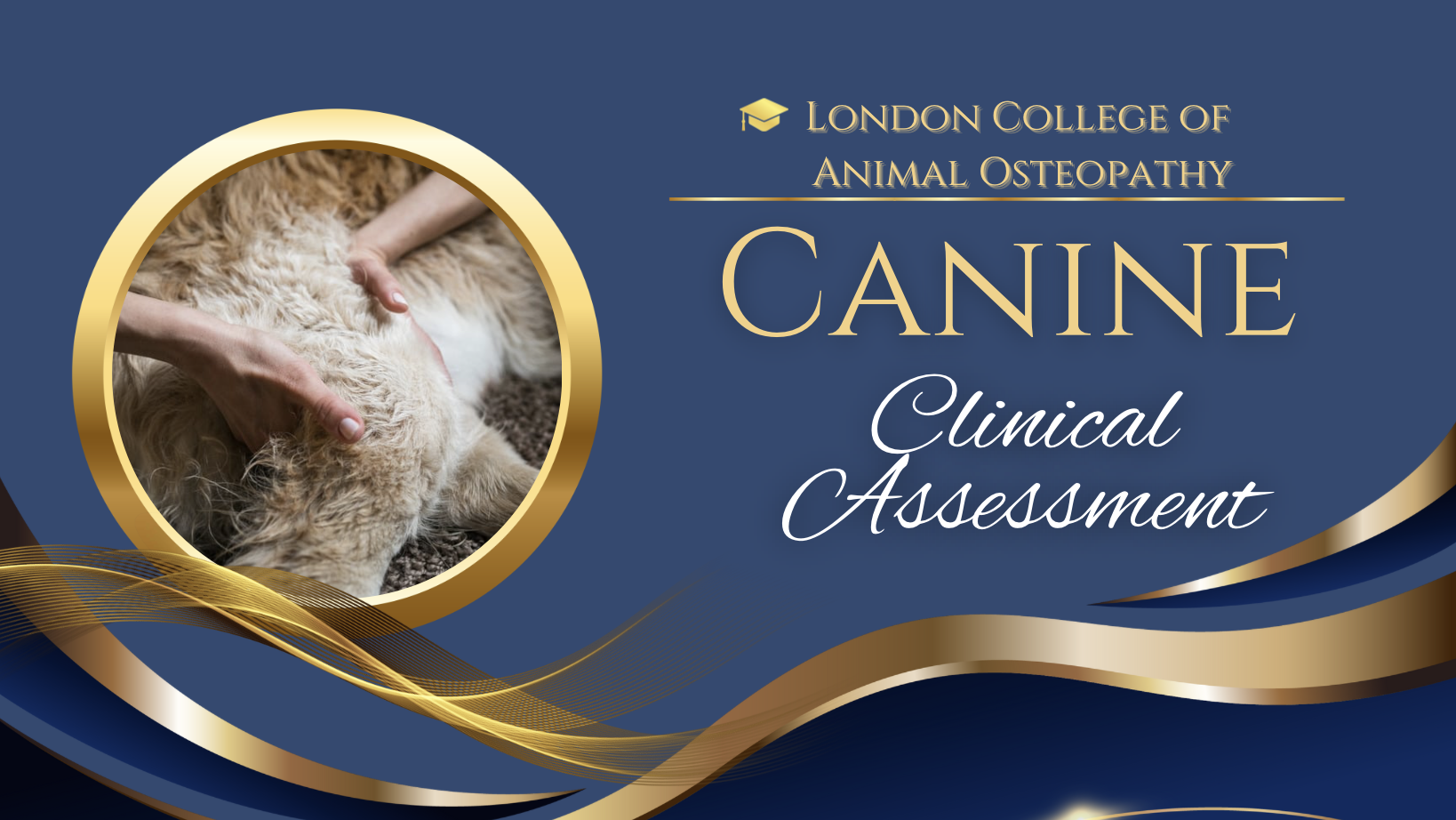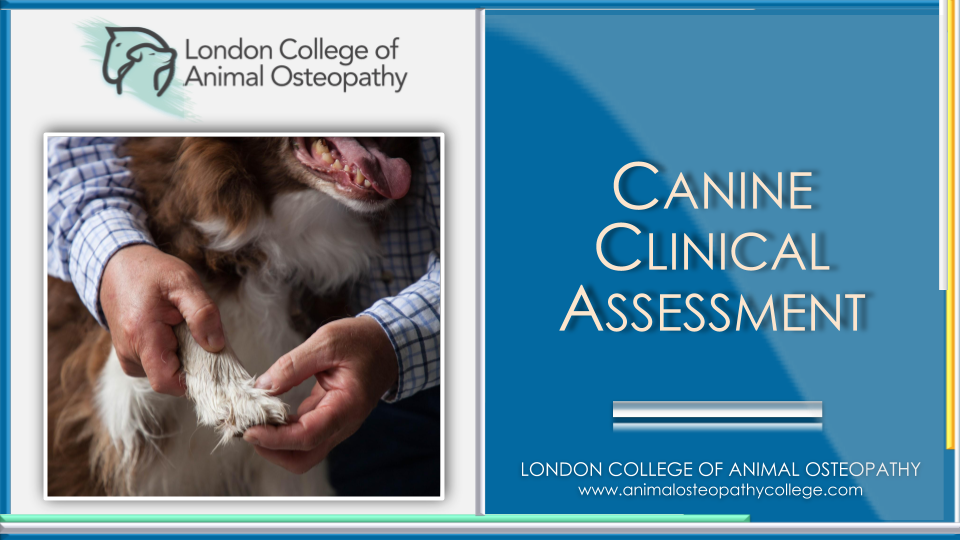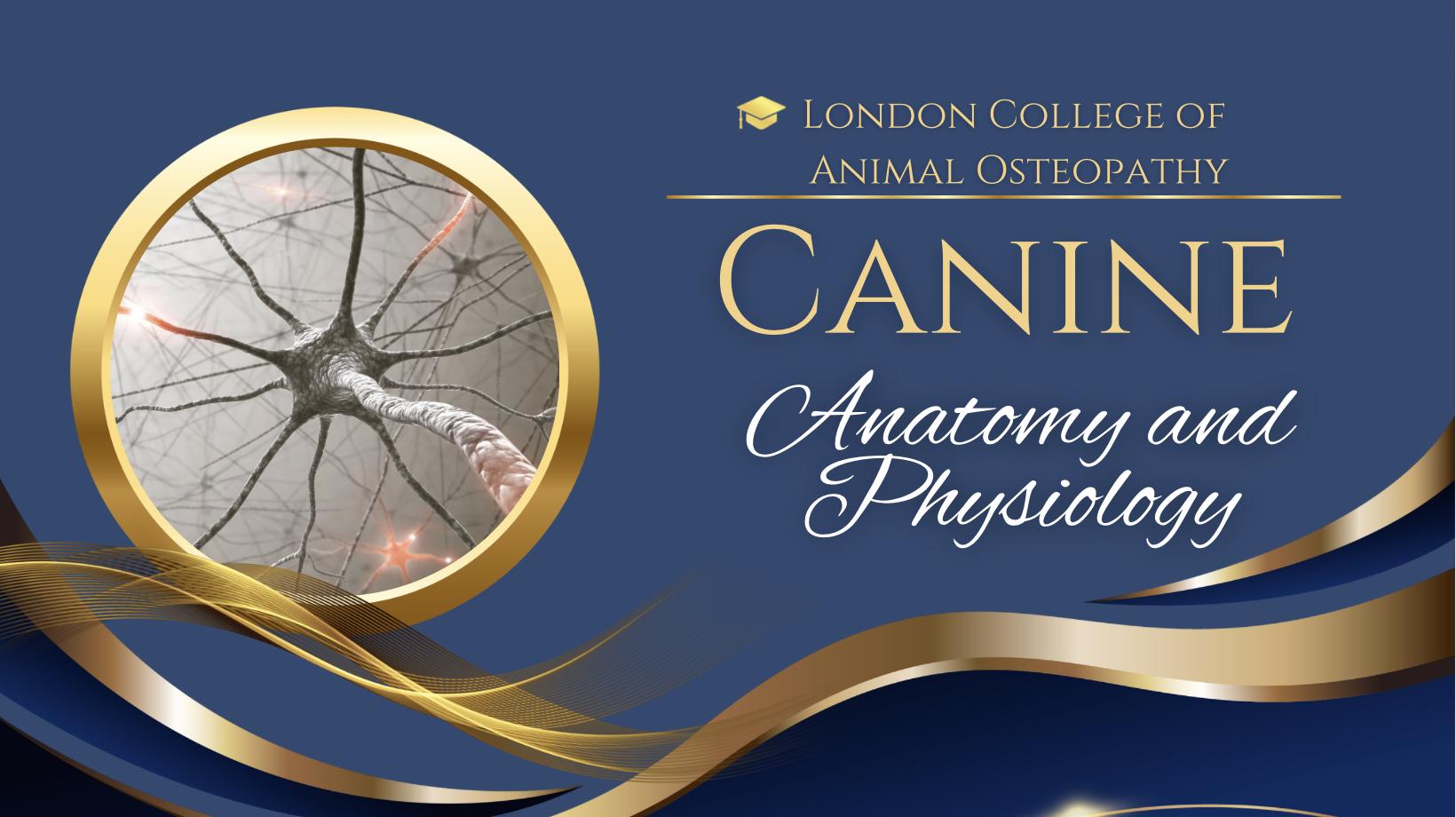
Canine Anatomy and Physiology - Part 1 (CAP l)
This is part 1 of our two-part Canine Systemic Anatomy and Physiology course. Build a strong foundation in canine anatomy and physiology, covering the nervous, circulatory, respiratory, and digestive systems. Learn how these systems work together to sustain life and prepare for clinical practice.
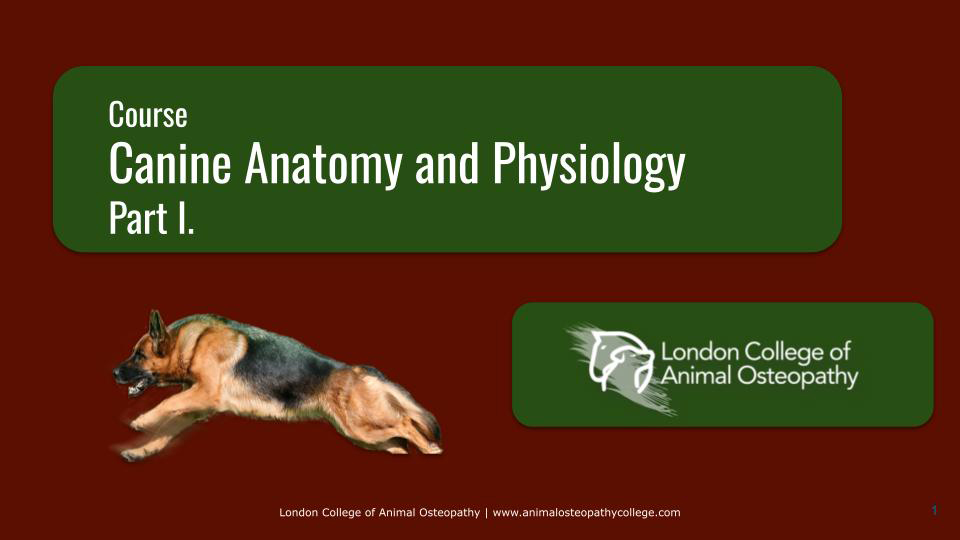
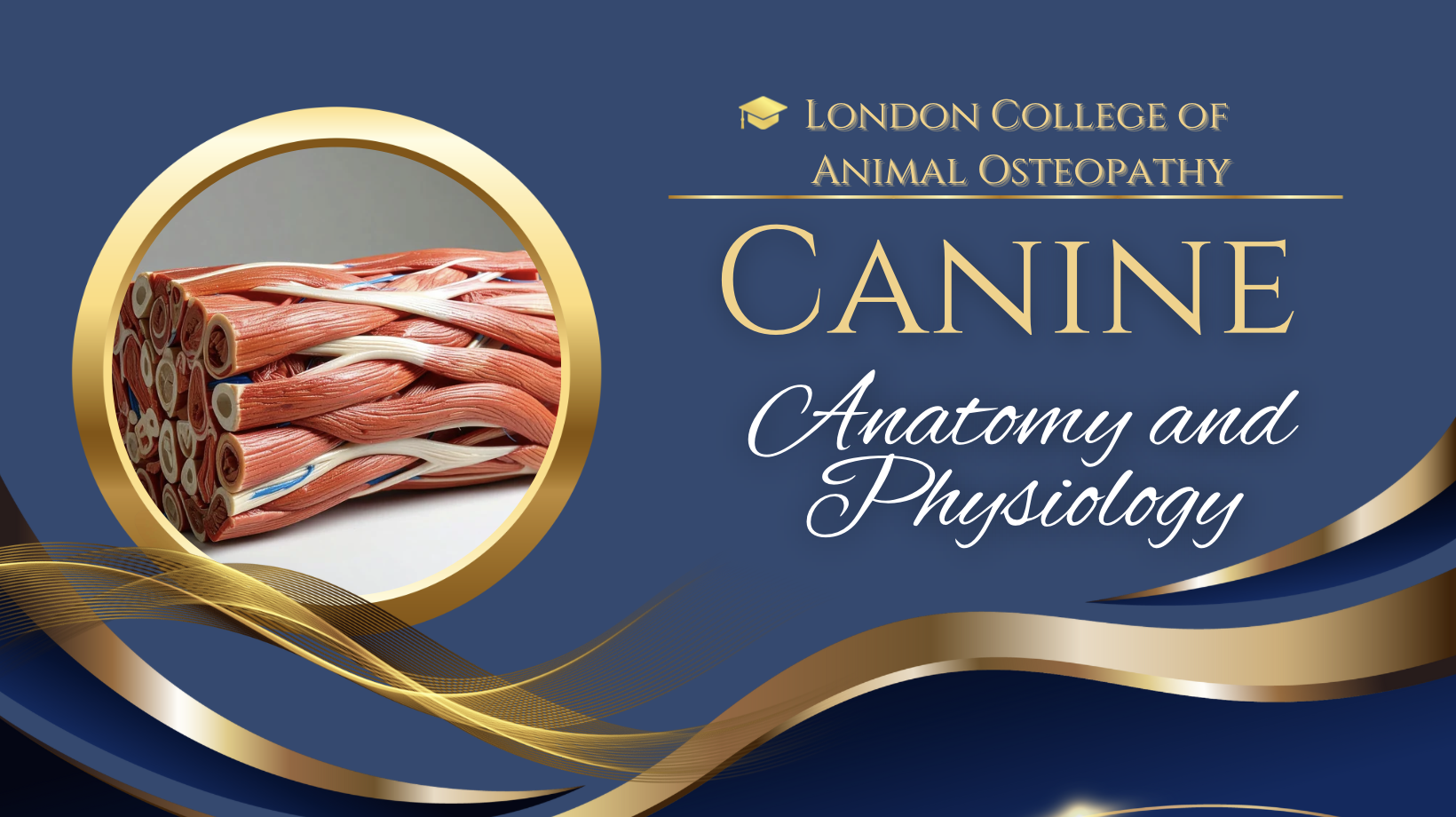
Canine Anatomy and Physiology - Part 2 (CAP ll)
Continue your journey through canine anatomy and physiology, exploring the urinary, reproductive, endocrine, and musculoskeletal systems. Learn how these systems work together to maintain health, movement, and vitality in dogs.
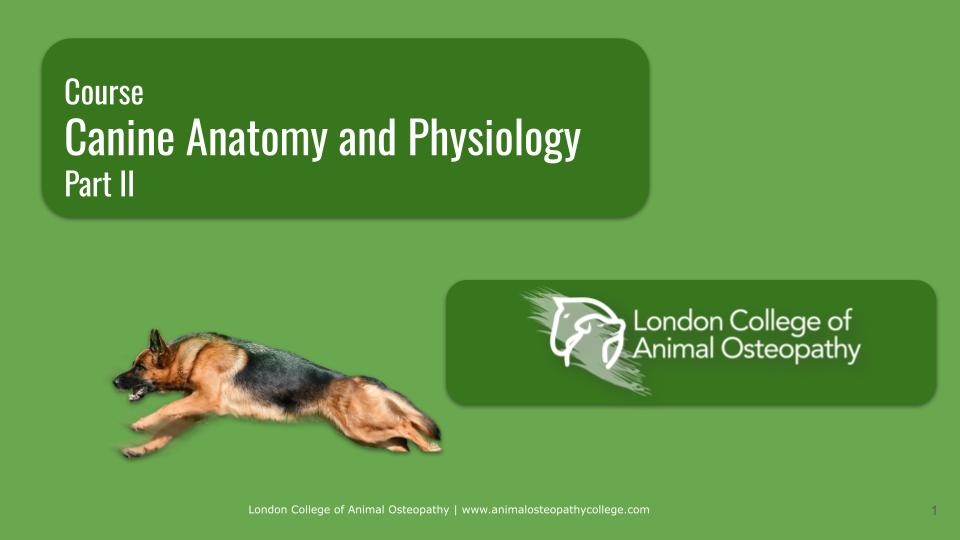
Canine Pathology and Disease (CPD)
Master the pathology and pathophysiology of over 100 canine conditions, from arthritis and organ disease to oncology and sensory loss. Learn causes, clinical signs, prevention strategies, and common treatment methods so you can provide informed, collaborative, and effective osteopathic care.
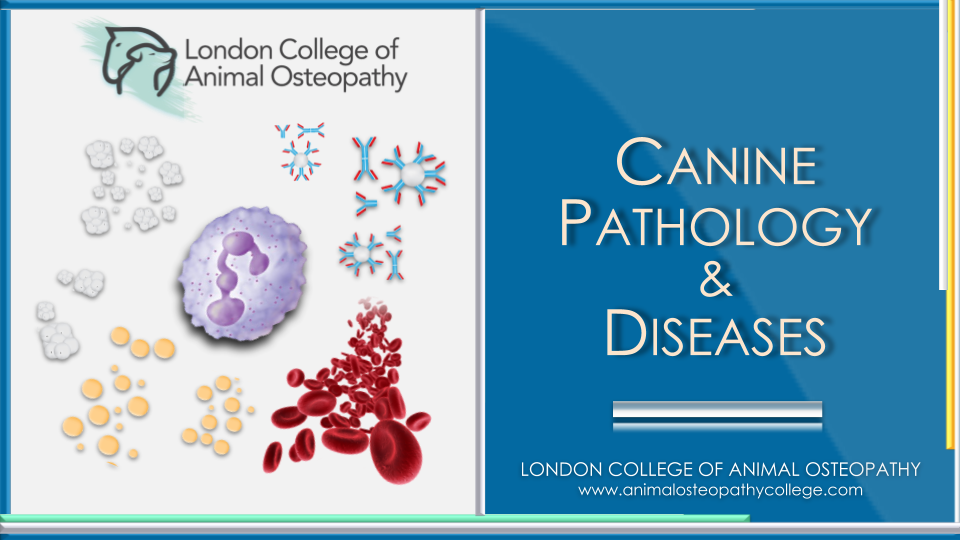
- Teacher: Rachel Pechek


